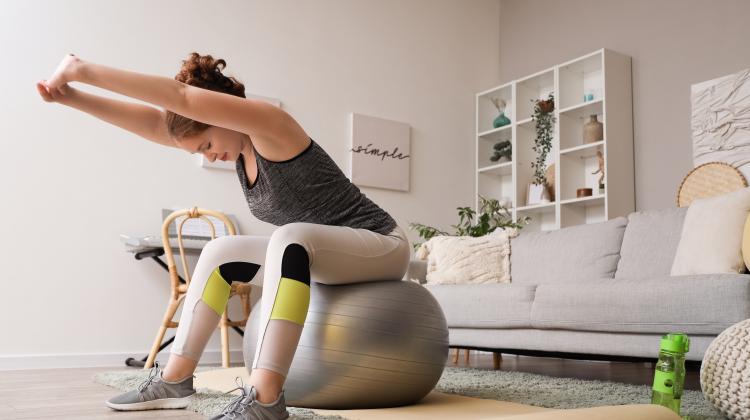Institute of Experimental Biology: Not all types of memory must deteriorate with age
 PAP indywidualista.com / Grzegorz Krzyzewski 602861707
PAP indywidualista.com / Grzegorz Krzyzewski 602861707
A particular type of memory, spatial memory that registers the information from inside the body, does not necessarily need to deteriorate with age, according to the results of research on aging carried out at the M. Nencki Institute of Experimental Biology PAS in Warsaw. The results will be used in the further work on new clinical tests to detect Alzheimer\'s disease at a very early stage of its development.
The Nencki Institute representatives explained in a release sent to PAP that moving around in the dark in a familiar dark room is possible due to a special type of memory: idiothetic memory, one of two types of human spatial memory. This memory, unlike visual memory, bases not on what we saw, but on the information coming from inside the body. Researchers at the Nencki Institute decided to investigate whether this type of memory weakens with age.
They tested 80 healthy volunteers divided by age into one of two equal groups: younger (20-29 years) and older (64-77 years). Both visual and idiothetic memory of volunteers were tested. In the visual memory test, older participants responded more slowly, and made more mostakes than young people, so the results of senior citizens were noticeably weaker. However, in the idiothetic memory test idiotetycznej there was no significant difference between the two age groups.
"The conclusions are optimistic. While in healthy individuals, regardless of gender, the efficiency of visual spatial memory declines with age, it turns out that idiothetic memory operates at a similar level. Observed differences in the efficiency of both types of memory, associated with age, confirm the supposition that different brain structures are responsible for each of them" - summed up Prof. Elżbieta Szeląg, head of the Laboratory of Neuropsychology of the Nencki Institute, and added that it was the first such study conducted on humans.
Common method to measure spatial memory are computer tests: the patient sits in front of the screen and moves in the virtual space using a mouse. A person taking such test does not physically move. For this reason, experiments with the use of computer visualization can test only visual spatial memory, not idiothetic memory.
Therefore, the Nencki Institute built a station to study idiothetic memory in humans in conditions of natural movement in space. The station, one of only two in the world, has the shape of a circular arena with a diameter of several meters, surrounded with thick, black curtains. The arena is darkened and acoustically isolated from the environment. To further reduce the impact of external stimuli, the subject’s eyes are covered with a special band, and headphones put on the ears to further dampen external acoustic stimuli. "The task is simple: to walk the arena in total darkness and silence, and return to the starting point. The return to the starting point commences from the place in the arena, where sound appears in the headphones" - described Dr. Justyna Skolimowska of the Nencki Institute. With the camera installed on the ceiling, a computer program records the subject’s current position on the test arena.
In the study at the Nencki Institute, each participant first took visual computer test, whose purpose was to assess visual-spatial associational learning. The second part was the idiothetic memory test in the arena.
"Spatial memory is extremely important for human beings. We do not realize how important until it starts to fail us, for example, due to developing Alzheimer\'s disease "- said Prof. Małgorzata Węsierska of the Nencki Institute.
PAP - Science and Scholarship in Poland
lt/ ula/ mrt/
tr. RL
Przed dodaniem komentarza prosimy o zapoznanie z Regulaminem forum serwisu Nauka w Polsce.


















